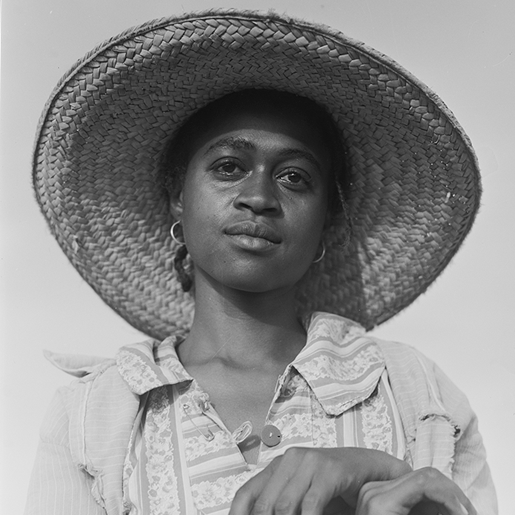
People always picked cotton. The images at the bottom display the state of cotton picking in the 1930s. Importantly, it portrays the people who picked and shipped the cotton. Every one of them poor.
In the 1934 time period, the United States produced over 9 million bales of cotton and exported almost 6 million bales of cotton. The United States supplied aboutt 55% of the world’s cotton. A US bale of cotton weighed more than 450 lbs., that’s a lot of cotton. Cotton was king.
Production in the United States span multiple states from the Southern United States across to Texas and California. A cotton picker could earn between US$0.75 and US$1.00 per hundred lbs. Cotton may be king, but the wages were barely subsistence wages and health insurance was unknown.
In the 1930’s union organizers worked the California fields trying to improve the living conditions and get a living wage for workers. People rioted and people died. In the end not much improved. Poverty only increased and banks took the farms.
In the southern United States, Blacks and poor White tenant farms did the pickin’. Low wages, long days and an unrelenting sun made life a misery for most, and they still called the cotton fields plantations.
People always picked cotton. The images at the bottom display the state of cotton picking in the 1930s. Importantly, it portrays the people who picked and shipped the cotton. Every one of them poor.
In the 1934 time period, the United States produced over 9 million bales of cotton and exported almost 6 million bales of cotton. The United States supplied aboutt 55% of the world’s cotton. A US bale of cotton weighed more than 450 lbs., that’s a lot of cotton. Cotton was king.
Production in the United States span multiple states from the Southern United States across to Texas and California. A cotton picker could earn between US$0.75 and US$1.00 per hundred lbs. Cotton may be king, but the wages were barely subsistence wages and health insurance was unknown.
In the 1930’s union organizers worked the California fields trying to improve the living conditions and get a living wage for workers. People rioted and people died. In the end not much improved. Poverty only increased and banks took the farms.
In the southern United States, Blacks and poor White tenant farms did the pickin’. Low wages, long days and an unrelenting sun made life a misery for most, and they still called the cotton fields plantations.
Videos with more images from this period are available at our YouTube Channel.
Visit some of the other galleries at this site: The Chicago Black Belt, Dust Bowl Days, Faces of America in the 30’s


